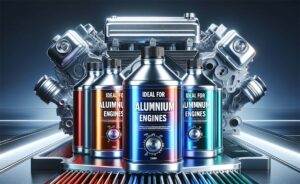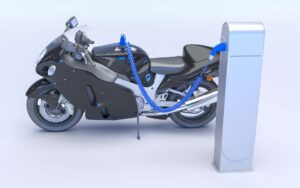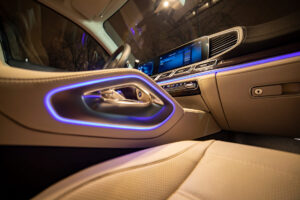The battle of the gearheads vs. the smooth operators has raged for generations. This accelerating debate isn’t just about personal preference – sometimes it’s about cold, hard cash. Yes, we’re talking about that age-old question – which cars are cheaper, manual or automatic? It’s time to peel out the truth and see which transmission reigns supreme in savings.
Which Cars Are Cheaper Manual or Automatic Transmission?
When it comes to car prices, manual transmission often takes the trophy. But why are manual cars cheaper? It’s all about the extra cost of their main rivals, automatic four-wheelers. They come with more intricate engineering and added complexity, which means a higher price tag. Plus, some models sip a bit more fuel, which can lead to long-term cost differences.
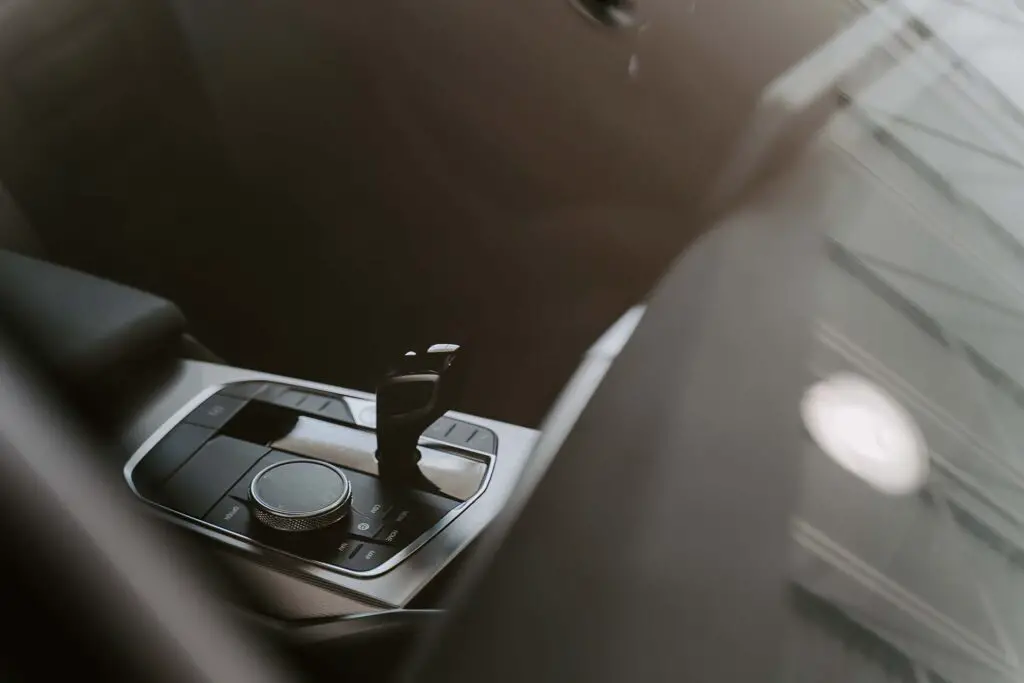
Cracking the Code of Shifting Gears – The Basics of Manual and Automatic Transmission
In the world of vehicle evolution, manuals are the OGs. They’ve been around since the dawn of automobiles, and it’s the transmission that many gearheads swear by. On the other hand, the automatic is relatively the new kid on the block when it comes to gear-shifting.
However, there’s only so much information their history can give us. But how do they work their magic? This will help us better understand the debate of manual vs. automatic cost. Let’s take a quick look at what makes each one tick under the hood.
Manual Transmission Is All About Control in Your Hands
Manuals put you in the driver’s seat – literally. Unlike automatics, this type of transmission requires you to engage the gears yourself. You have a direct say in when and how to shift, giving you a more hands-on driving experience. Here are the key components:
- Gear stick – it’s the lever you manipulate to manually select gears, from 1st to 5th (or even 6th in some vehicles) and reverse,
- Clutch pedal – pressing it disconnects the engine from the wheels, allowing you to change gears smoothly,
- Clutch disc – this plate connects to the engine and transmission and is what the clutch pedal controls,
- Flywheel – a spinning plate connected to the engine, which the clutch grabs onto when you engage it,
- Transmission – this is the gearbox that houses the gears themselves, taking your selection and transmitting power to the wheels.
Automatics Do the Gear-Shifting for You
Automatics use a complex hydraulic system to change gears automatically based on your speed and driving conditions. No clutch pedal needed! In other words, instead of manually selecting gears, the hydraulic torque converter manages the power flow. Here’s an overview of the main components:
- Torque converter – replaces the clutch and connects the engine to the transmission,
- Planetary gear sets – these sets of gears work together to change ratios seamlessly, allowing your four-wheeler to shift gears effortlessly,
- Hydraulic system – this part controls the shifting process by using fluid pressure to engage and disengage gears as needed,
- The transmission control unit (TCU) – constantly monitors your speed, throttle input, and other factors to decide when to shift gears,
- Transmission fluid – it cools, lubricates, and keeps everything running as smoothly as possible.
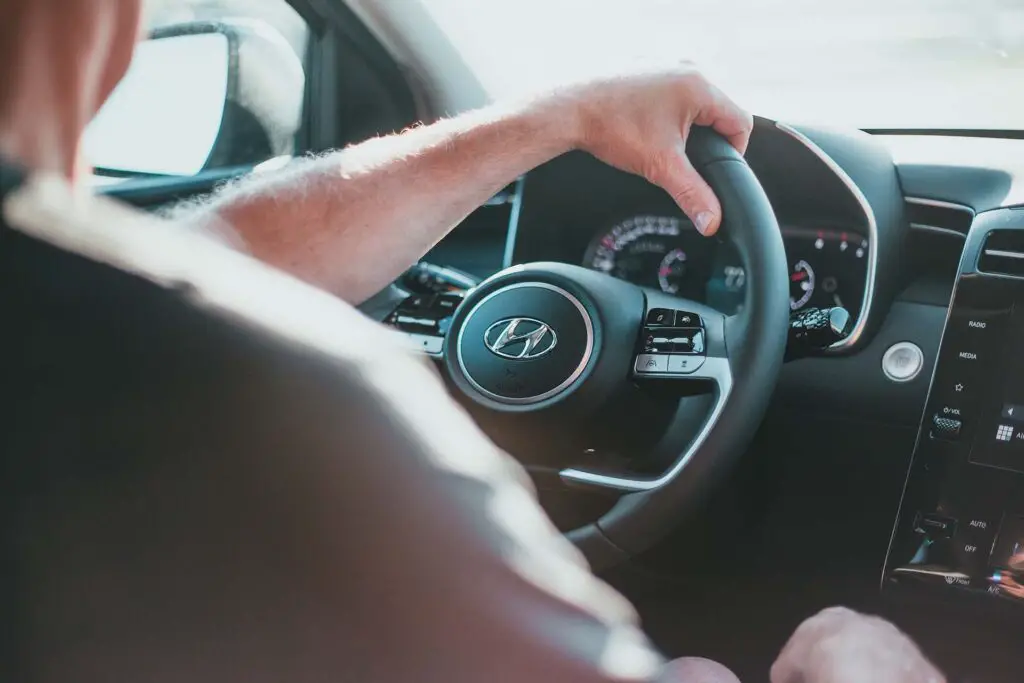
Automotive Technology Trends – How Do These Transmissions Compare When It Comes to the Initial Purchase Price?
So, you’re on the hunt for a new set of wheels, and the ever-evolving auto market is your oyster. But there’s one decision that’s revving up your curiosity – manual or automatic? If you’re not especially picky, you might want to get the best bang for your buck.
Generally speaking, automatics tend to be the pricier pick. They come with a touch of added sophistication and convenience, and that often translates to a higher initial purchase price. However, remember that the beauty of the automotive world lies in its diversity. The exact make and model can tip the scales one way or the other. Here are some of the most popular models on both sides of the coin, along with their starting prices:
| Manual | Starting Price | Automatic | Starting Price |
| BMW M2 | $64,000 | BMW 3 Series | $44,000 |
| Dodge Challenger | $77,000 | Porsche 911 | $116,000 |
| Honda Civic | $24,000 | Mercedes S-Class | $118,000 |
| Mazda Miata | $34,000 | Toyota Corolla | $23,000 |
| Mini Cooper | $33,000 | Renault Clio E-Tech | $17,000 |
Market Trends and Customer Preferences Can Always Sway the Trends One Way or Another
Besides the specific models twisting the whole ordeal, automotive trends can also sway the market in unexpected ways. Just when you think you’ve got the pricing game figured out, customer preferences can shift, and suddenly, the manuals might be back in vogue.
Factors like fuel efficiency, driving habits, and technological advancements all play a part in shaping the market’s transmission choices. So, while automatics often come with a higher price tag, don’t be surprised if market trends and customer whims flip the script in certain locations or during specific time periods.

Long-Term Considerations Should Be Added to This Equation Too
When it comes to buying a four-wheeler, the price tag on the window is just the tip of the iceberg. Beyond the initial purchase, there’s a whole fleet of ownership costs to consider. Let’s delve into some of these long-term considerations:
Fuel Efficiency – Manual vs. Automatic
Fuel efficiency is a game-changer in the world of vehicle expenses. Manuals often steal the spotlight in this department. Why? Because you have more control over the gears, meaning you can optimize your driving style to sip fuel judiciously.
Automatics, while convenient, may consume a bit more fuel due to the nature of their design. However, this is just a general rule – you should check the fuel economy yourself for the models you’re considering – you might end up with a pleasant surprise.
Manual and Automatic Transmission Maintenance
Maintenance is the pit stop that keeps your four-wheeler running smoothly. Manuals are often simpler and, consequently, might demand less frequent and less costly upkeep. Automatics, with their intricate hydraulic systems, can be a bit fussier and costlier to maintain. So, consider not just the upfront price but the long-term maintenance tab when making your decision.
Resale Value of Manual Cars and Automatics
The resale value is where your car’s worth shines through. Believe it or not, transmission choice can affect this. Manuals can have a bit of a niche market, and some buyers appreciate the control and engagement they offer. This could translate into a better resale value in some cases. Automatics, on the other hand, are favored by a broader audience, which can make them easier to sell but might not fetch as high a resale price.
Shifting Gears and Dollars – What About the Insurance Costs?
When it comes to the world of car insurance, transmission type can make a cameo on your policy. Typically, automatics might nudge the premium a bit higher than manuals. Why? Well, it’s all about risk perception. Some insurers might view automatics as more susceptible to certain types of accidents or theft.
However, it’s essential to remember that many other factors play into insurance pricing, like your driving history, location, and the make and model of your prized ride. So, while transmission choice can be a piece of the puzzle, it’s just one gear in the grand insurance machine.

The Driving Experience Itself Can Have Its Financial Implications
Let’s not forget – time is a valuable commodity. When you opt for a manual, there might be a learning curve involved. This process often includes training costs, such as driving lessons or courses, which can translate into added expenses. Additionally, if you’re not well-versed in manuals, the risk of stalling or making gear-related mistakes can lead to wear and tear on your vehicle, potentially requiring repairs.
On the other hand, automatics offer a smoother, more user-friendly driving experience from the get-go. However, if you’re transitioning from manuals, you might need time to adapt to the different driving dynamics, which can also affect your driving comfort and, potentially, your fuel efficiency.
A Glimpse Into the Future – What’s in Store for Evolving Automotive Technologies and Economic Car Choices?
As we gaze into the future of automotive technology, it’s clear that the landscape is ever-evolving. With advancements in electric vehicles (EVs), hybrid technology, and autonomous driving, the transmission debate may take on entirely new dimensions.
Moreover, as environmental concerns and fuel efficiency continue to shape the market, the choice between manuals and automatics may become just one piece of a larger puzzle. So, stay tuned for the exciting developments that await on the road ahead, where technology and economics collide in the world of cars.
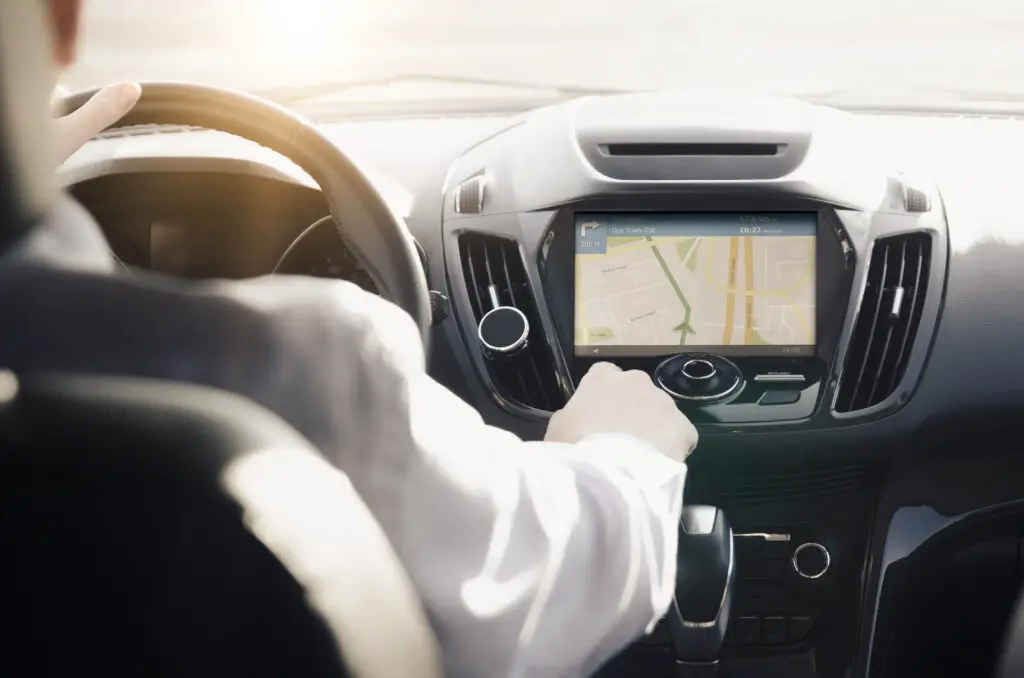
Shifting Perspectives – The Final Gear in This Transmission Showdown
And there you have it – a ride through the transmission terrain, where manuals and automatics battled it out for your favor. From initial purchase prices to long-term considerations and insurance quirks, we’ve explored every nook and cranny of this gear-shifting journey. Remember, the choice should come down to the driving experience you’re craving. May your gear shifts be smooth, your fuel efficiency stellar, and your driving adventures unforgettable. Happy driving!
FAQ
Why Are Manual Transmissions Less Common in the US?
Manual transmissions are less common in the US due to the prevalence of automatic transmissions and the convenience they offer in heavy traffic. Additionally, many US drivers may not have had the opportunity to learn manual driving, further reducing demand.
Are Manual Cars Cheaper to Repair Than Automatics?
Manual cars can be cheaper to repair than automatics in certain cases. Their simpler mechanical design and fewer components can result in lower repair costs. However, it depends on the specific repair needed and the availability of manual transmission specialists.
Is Learning to Drive a Manual Car More Expensive?
Learning to drive a manual car can be more expensive initially due to the need for manual-specific driving lessons. These lessons often come at an additional cost compared to standard automatic driving lessons.
How Does the Transmission Type Affect a Car’s Resale Value?
Manuals may have a niche market, and some buyers prefer them for their engagement and fuel efficiency, potentially leading to better resale values. Automatics, being more common, may have a broader market but might not fetch as high resale prices.
How Might Future Automotive Technologies Impact the Cost Difference Between Manual and Automatic Cars?
Future automotive technologies, such as electric and autonomous vehicles, could impact the cost difference between manual and automatic cars. Electric vehicles typically use a single-speed transmission or none at all, simplifying the drivetrain.

